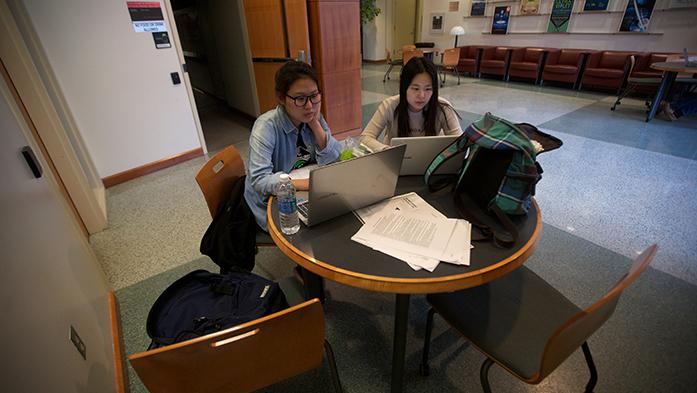By Constance Judd
[email protected]
The science, technology, engineering, and mathematics workforce, also known as STEM, is vital to the United States’ innovative capacity and global competitiveness. Women make up nearly half of the U.S. workforce and educated workforce, but when it comes to STEM jobs and degree holders, women are severely underrepresented.
Of the 49 percent of women degree holders in the U.S., only 24 percent of those are STEM (based on a 2009 study, the most recent from the U.S. Department of Commerce). In the STEM field, women only make up 24 percent of computer sciences and math, 14 percent in engineering, 40 percent in physical and life sciences. Which leaves only 25 percent of women in a position of power in the STEM field.
The staggering differences don’t stop here.
RELATED: Pushing ahead with STEM education
In regard to wage earnings in the STEM field, women, on average, earn roughly $31 to men’s $36, around a 13 percent difference. For non-STEM related fields, women, on average, make roughly $19 to men’s $24, a 21 percent difference.
The staggering gender gap between men and women in the STEM field is shocking but comprehensible when presented with data alongside testimonials from women regarding their trials and tribulations they face in the field.
All in all, this raises the question why women are underrepresented in the STEM field. Out of many of the possible answers one could possibly conceptualized, there are three that stand out: female interest, structural institutions, and social-psychological explanations. However, out of the three, the latter is the most noteworthy. Among U.S., women in STEM positions face a variety of obstacles that prevent them from being viewed as equal to their male counterparts, this includes: stereotypes, discrimination, and prejudices in regards to their ability to perform in the STEM field.
These deterrents result in women not being able to ascend equally in the STEM field; however, when women do, more often than not, there is always a form of backlash. For instance, with the resignation of both Chief Executive Travis Kalanick, Uber’s cofounder, and Dave McClure, the head of 500 Startups, on the basis of sexual-harassment claims, women in the STEM fields have begun speaking out about the obstacles they face every day in the attempt to be taken seriously as professional competent women in the STEM fields.
RELATED: Sparking STEM interest
Through many testimonials, women such as Kate Mitchell, the founder of a Silicon Valley venture firm, attest that sexism alone is just the tip of the iceberg of many obstacles women face in the STEM field in regards to them either establishing their own companies or being considered a professional in their field.
In a sense, I will propose that the deterrents women face within the STEM field have not simply occurred over night, but instead, has been progressing throughout the years. I will note, however, that while women have been severely underrepresented in the STEM field, their numbers have been increasing in the past few decades but not as fast as it should be. Now more than ever, women have begun speaking out against the deterrents and pointing out the flaws in our society in regards to gender inequalities.
It is only a matter of time before the gender gap ceases to exist in the STEM field and both men and women are viewed as equals. Until then, it is important to recognize to recognize this gender gap.



